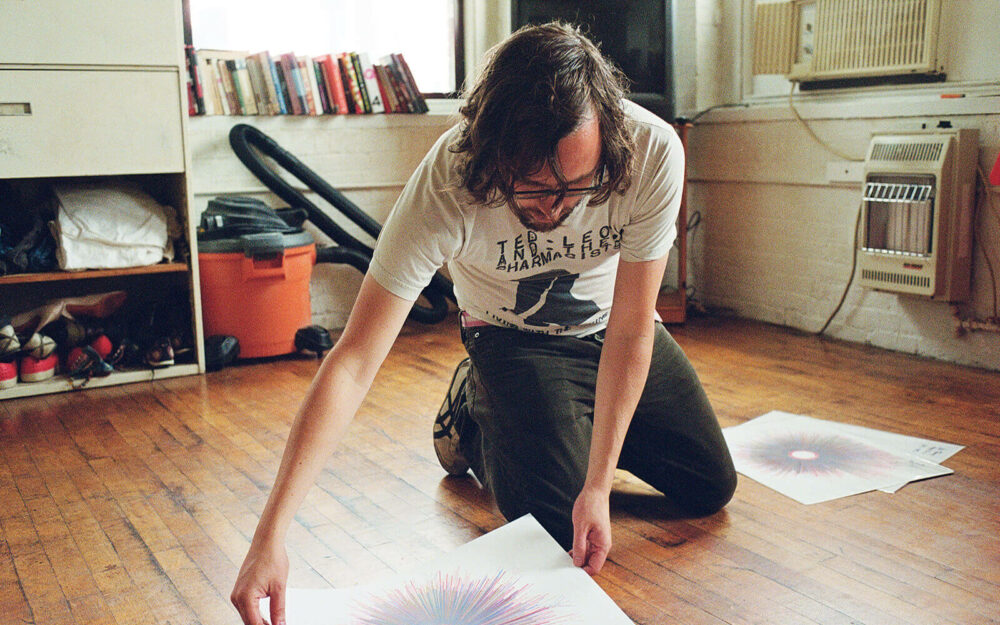1,571 days, 2,407 entries ...
Newsticker, link list, time machine: HOLO.mg/stream logs emerging trajectories in art, science, technology, and culture––every day
July 2021
As part of the Dialogfelder initiative, DIY connoisseurs Niklas Roy and Kati Hyyppä take to the streets of Chemnitz, Germany, to engage the public in pop-up machine drawing sessions. As participants wrestle Vektor Kollektor, a crude plotter with a joystick as input device, the drawing’s meta data is collected on a vintage Robotron typewriter. While the Etch A Sketch-style outputs are for the creators to take home, the vector and meta data feed an animated online archive at vektorkollektor.com (image).
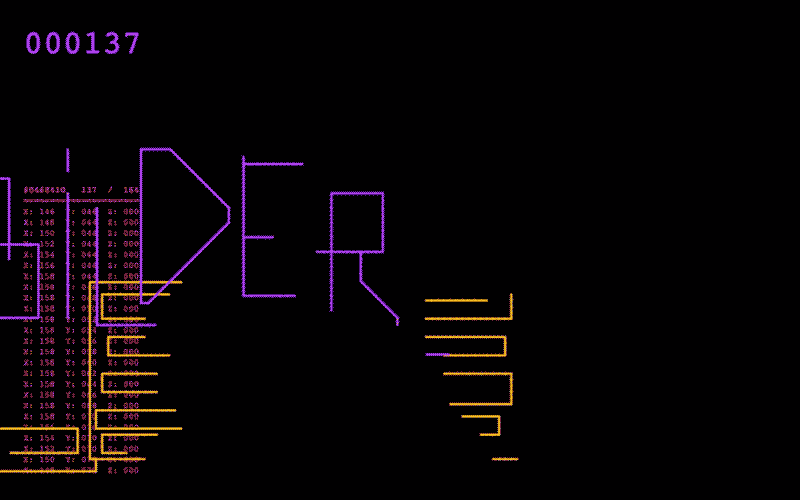
“Most plants develop a leaf, and that’s it. This plant can live thousands of years, and it never stops growing. When it does stop growing, it’s dead.”
Part of an eponymous long-term research project, “Disobedient Devices” opens at the Nairobi National Museum, Kenya, “imagining a technological future that draws from local stories, myths, and memories.” Artists Greenman Muleh Mbillo, Joan Otieno, and project instigator Dani Ploeger present three newly completed science-fiction shorts that feature repurposed obsolete devices developed by Nairobi-based artists, technicians, and academics (image: Joan Otieno’s Medusa’s Coil Concept).

“Assessing the damage caused by last weekend’s flash floods to Mitigation of Shock in storage. Worst affected are our fake books with titles like How to Cook in Scarcity, Pets As Proteins and Foraging in Reclaimed Flood Zones. I can’t even.”
The University of Queensland (UQ) Art Museum opens “Don’t Be Evil,” the second iteration of the “Conflict in My Outlook” exhibition series curated by Anna Briers. Named after Google’s former corporate motto (insidiously axed in 2015), the show “materialises the invisible power structures beneath the surface of networked technologies” with works by Zach Blas & Jemima Wyman, Simon Denny, Xanthe Dobbie, Forensic Architecture, Kate Geck, Eugenia Lim (image: ON DEMAND, 2019), Suzanne Treister, and many others.
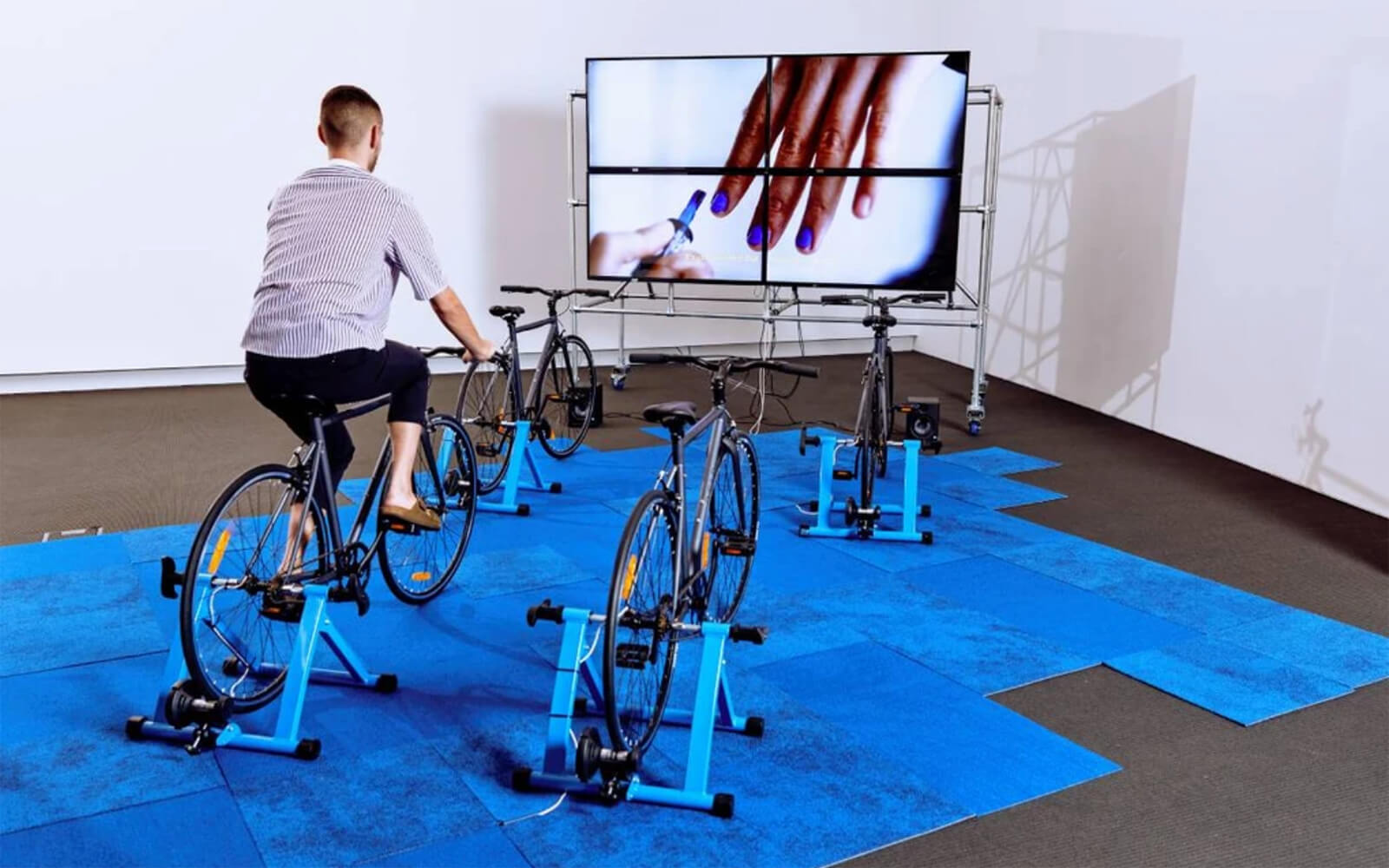
Alex Nathanson
A History of Solar Power Art and Design
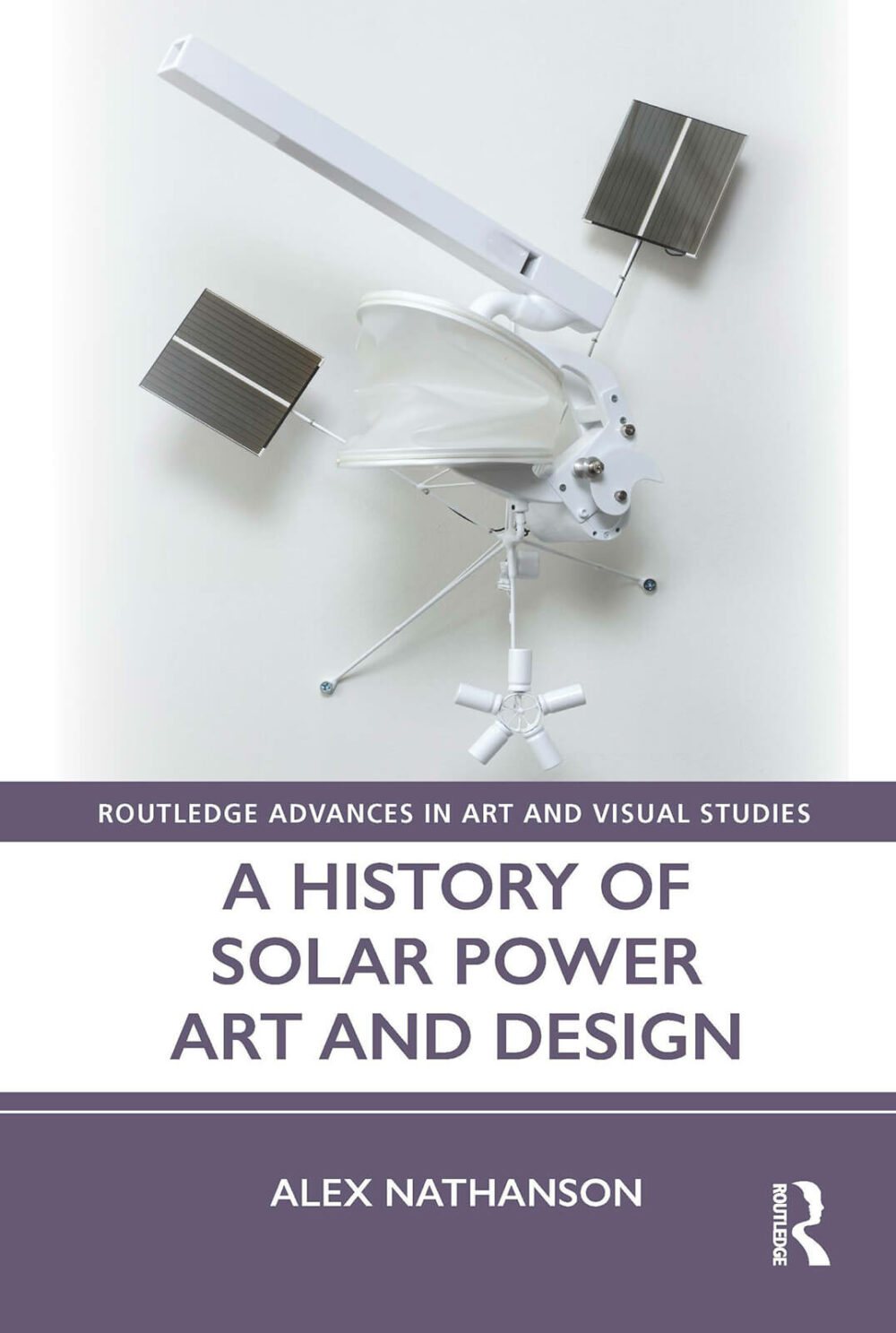
Commissioned for the annual Arnsberg Kultursommer festivities, German media artist Aram Bartholl invites the visitors of Arnsberg’s historic city hall to a Hypernormalization photo session. After having their portrait taken and analysed by a custom face recognition software (provided by Tom-Lucas Säger), participants get to chose an emoji, font, and colour to have their face ‘de-recognized.’ The results are then printed on fine art paper for people to take home.
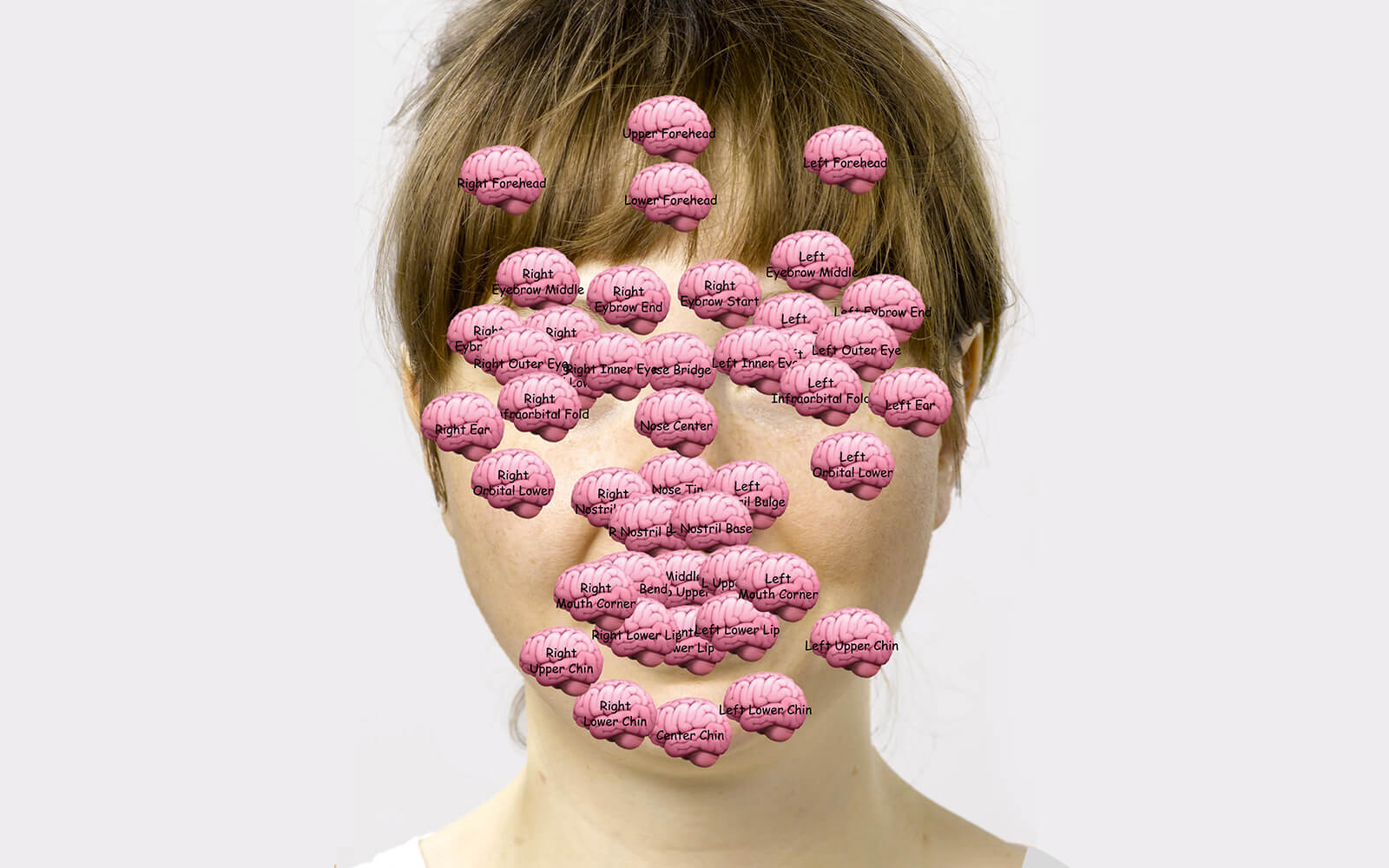
Presenting NFTs by Claudia Hart, Auriea Harvey, Holly Herndon, and nine other artists “whose work embraces our inevitable technological immersion,” Vellum LA opens “Sea Change,” an exhibition and online auction at the LA Art Show. According to Vellum LA, who claim to “meaningfully situate the digital and crypto art communities within the context of art history,” the NFTs are presented on collector-grade Luma Canvas displays—a sign of things to come at their soon-to-open NFT gallery space.
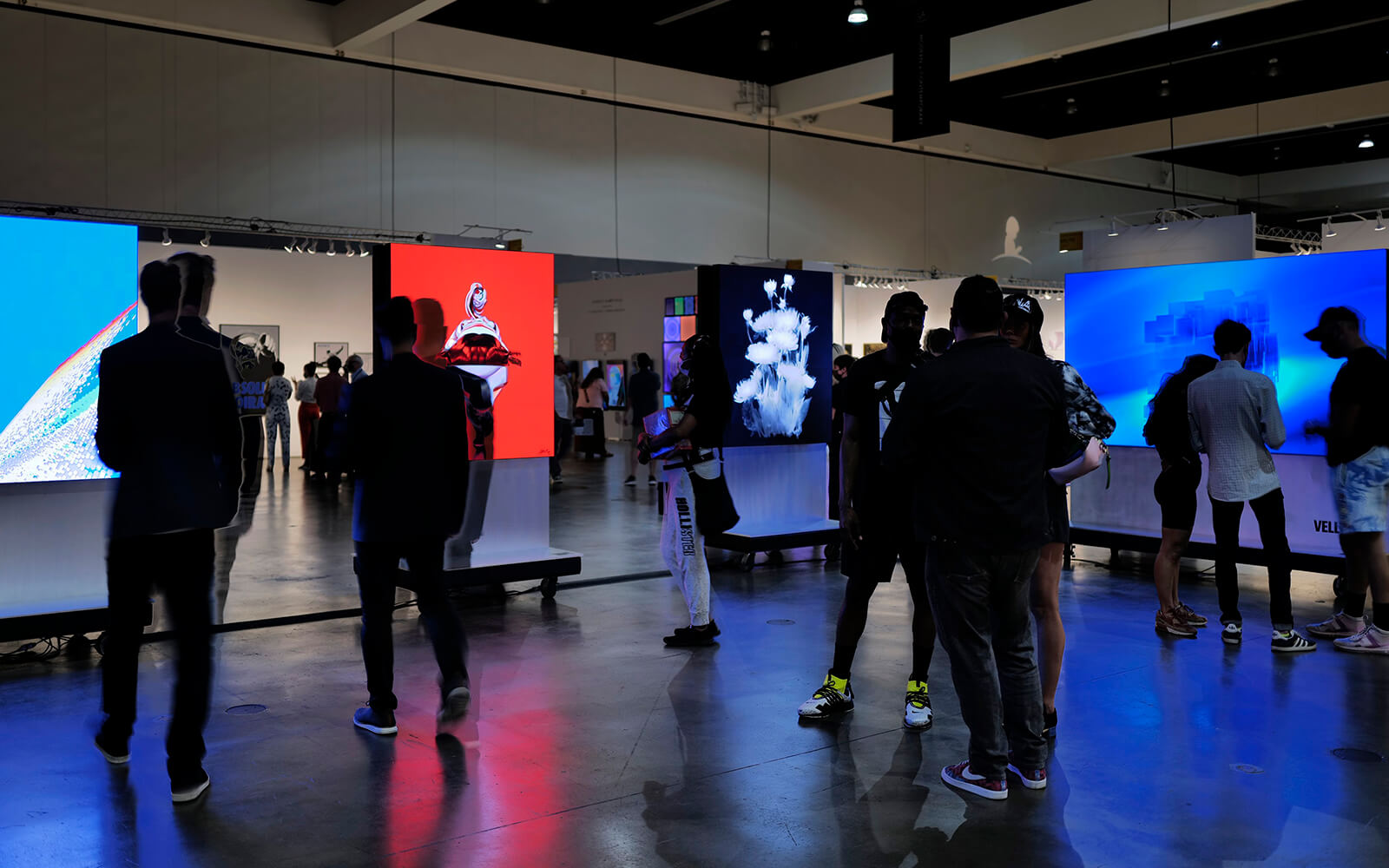
“I’m interested in using data as a substrate for more abstract visualizations—systems that don’t so much embody the actual data as patterns and trends that might exist hidden within them.”
“The harms caused by this widespread, unregulated corporate surveillance pose a direct threat to the public at large, especially for Black and brown people most often criminalized using surveillance.”
Ali Eslami and Mathilde Renault add a new online component to their mixed-reality exhibition “Eclipse” at Tetem, Enschede (NL). Renault’s physical entry point to Eslami’s virtual world opened weeks ago; now remote visitors can book access to “discover the extent of their physicality … [and] interactions with one another.” An offshoot of Eslami’s ongoing VR experiments, this browser-based iteration allows users to inhabit an avian avatar, and interact with more corporeal forms that are only accessible on-site.
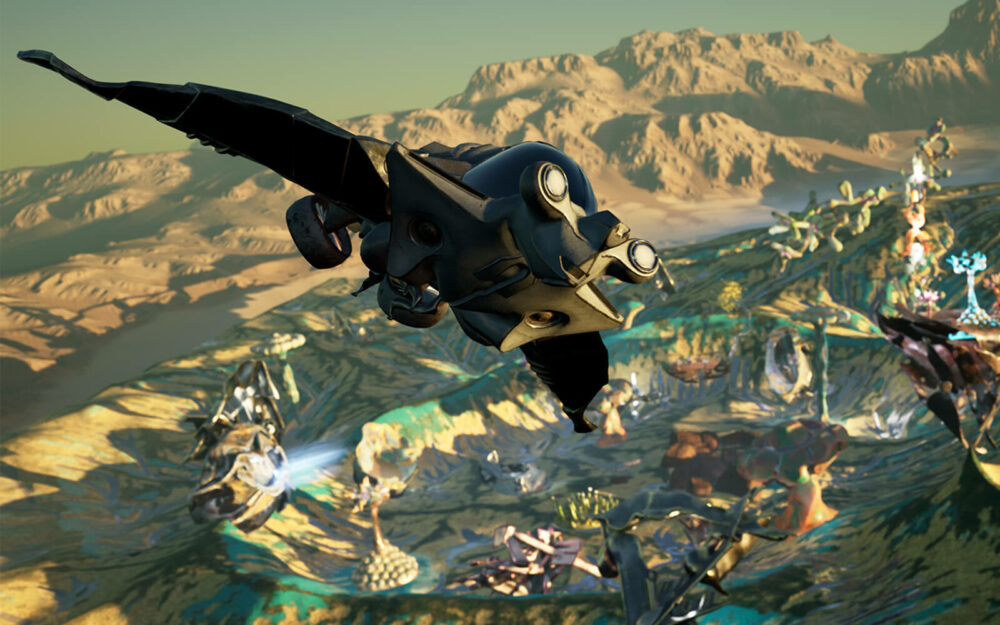
“My idealistic read of Hic et Nunc peaked during the platform’s first hackathon in May, when 150 artists and developers came together to work towards improving the platform. On June 28th, the momentum came to a halt.”
Analysing the “John Karel window phenomenon”—creators minting tributes to the CGI artist’s popular NFT window series—Sterling Crispin considers a hypothetical profit sharing model. “As of June 20th the movement produced 2,329 transactions totalling 5,496.91 Tez in sales,” writes Sterling. In his model, the highest earners would help reward the movement’s instigators. “I think that a network of artists profit sharing could encourage experimentation, and be a more equitable way of fostering emergent online communities.”
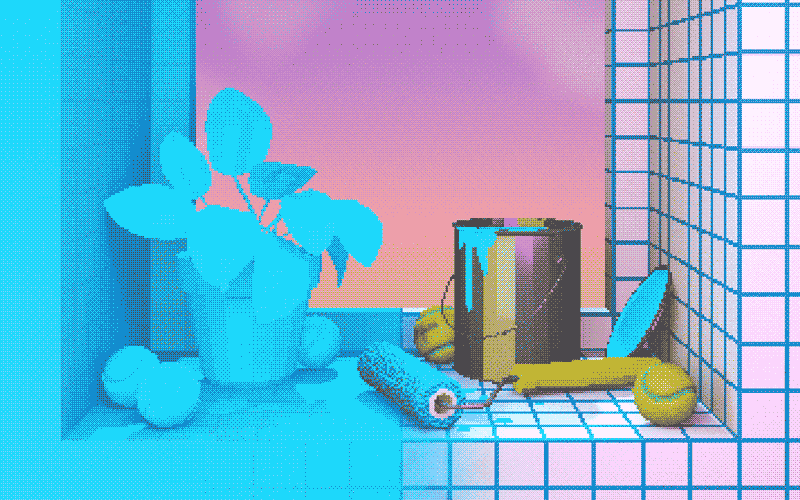
“Like all our favourite artists on Art Blocks, Sol LeWitt wrote an algorithm that can be followed to create an infinite number of variations on the same artwork. The main difference is that LeWitt’s Wall drawings are written in plain English and executed by a team of gallery installers, rather than written in code and executed by a web browser.”
Confronting the posthuman head-on, “From Creatures to Creators” opens at Kunsthaus Hamburg. Collecting works “going beyond the finite, conceiving the superhuman” artists including Ed Fornieles, Mary Maggic, and Tabita Rezaire contribute provocative, unsettling visions of life not as we know it, through installation, video, and VR. Pakui Hardware’s Thrivers (image, 2019), for example, presents glass forms as “porous hosts of life,” that fuse elements of flora and fauna lifeforms into chimeric experiments.
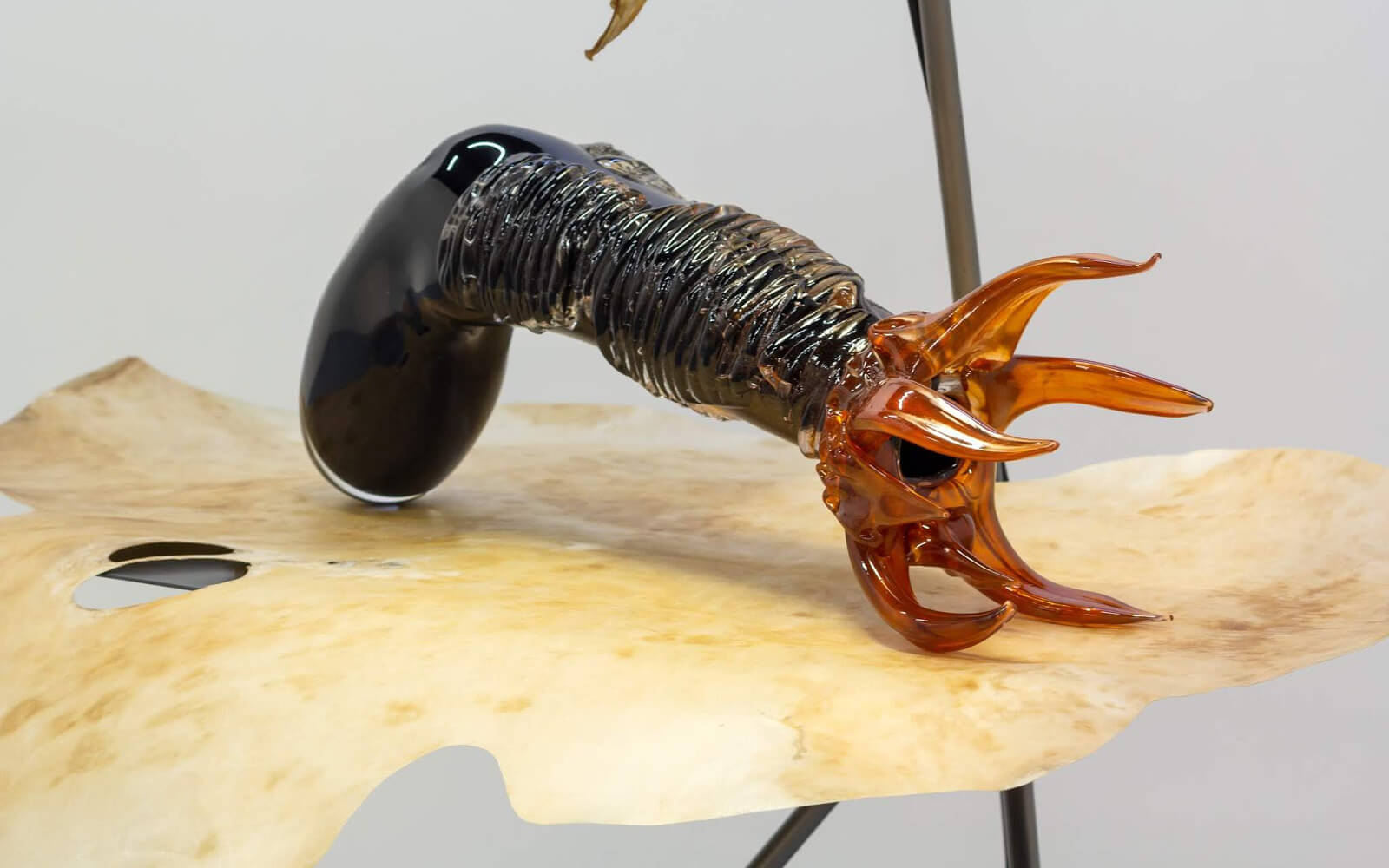
“Arguably, one of the most consistent, historically reliable, widely accepted system of ethics in existence belongs to the Catholic Church. You want to base a responsible AI on that?”
Directed by digital artist Ryoichi Kurokawa for Buffalo Daughter, the “ET (Densha)” music video premieres on the band’s YouTube channel. Known for his clincial deconstruction of natural forms, here Kurokawa ‘explodes’ flowers into point clouds, which waft and dissipate in sync with the central bass hook and guitar feedback. Founded in 1993, Buffalo Daughter is a key player in Japan’s “cut-and-paste” rock Shibuya-kei movement. “ET (Densha)” is the lead single from their upcoming album We Are The Times.
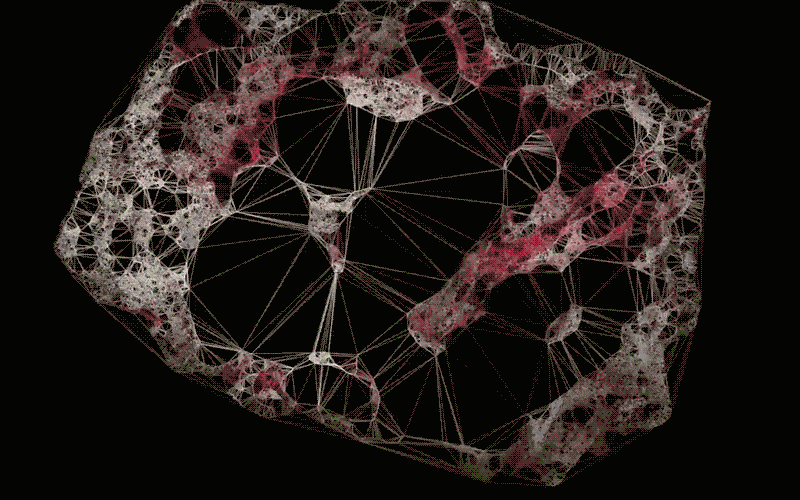
Daily discoveries at the nexus of art, science, technology, and culture: Get full access by becoming a HOLO Reader!
- Perspective: research, long-form analysis, and critical commentary
- Encounters: in-depth artist profiles and studio visits of pioneers and key innovators
- Stream: a timeline and news archive with 1,200+ entries and counting
- Edition: HOLO’s annual collector’s edition that captures the calendar year in print
